Contents
Growing blueberries from seeds is a fairly labor-intensive task. However, if it is not possible to purchase seedlings for planting, then this option will be the most optimal. In the process of growing, planting material will have to be given a lot of time until the seedlings are fully strengthened. It is for this reason that it is recommended to familiarize yourself with the rules for growing blueberry seeds at home and further care.
Is it possible to grow blueberries from seeds
Growing blueberries from seeds at home is possible, however, you may encounter a number of significant problems. Since the culture belongs to the Heather family, it is recommended to take into account the fact that blueberries grow mainly on wetlands.
As a result of the fact that the root system is completely hairless, blueberries exhibit a high level of sensitivity to fluctuations in soil moisture. Mycorrhizal fungi, with which carbohydrates are exchanged, can be considered as neighbors. All this contributes to the fact that blueberries receive the mineral elements necessary for growth and development, and begin to absorb water much better.
For planting, you can choose a large number of types of blueberries. Existing varieties differ not only in terms of fruiting and taste, but also in height, which can vary from 1,5 to 2 m.
What do blueberry seeds look like?
Planting material is a small brown seed. Depending on which blueberry variety was chosen, the shape of the seeds may vary. They can be oval or round. Planting material is extracted from ripe fruits, while it is recommended to choose the largest berries. Ripe blueberries are kneaded in a small container to the state of gruel, after which the seeds are thoroughly washed and allowed to dry. After the seeds are prepared, they can be planted immediately or sent for further storage in a paper bag. Harvested seeds from blueberries can be stored for 10 years.

What varieties of blueberries can be grown from seeds
To grow blueberries from seeds at home, you can use a large number of varieties. If we consider the most popular varieties, then we can distinguish 7 options.
Canadian nectar is a tall variety, you can start harvesting in early August, fruiting lasts until the second half of September.
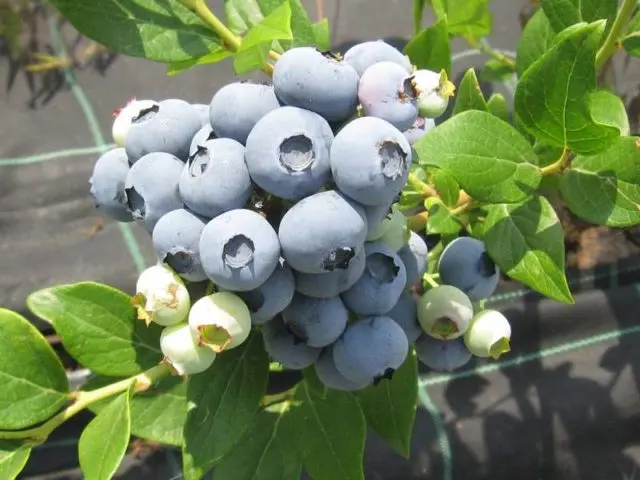
Blue placer – a variety of swampy blueberries, characterized by very large fruits, sweet and sour taste.
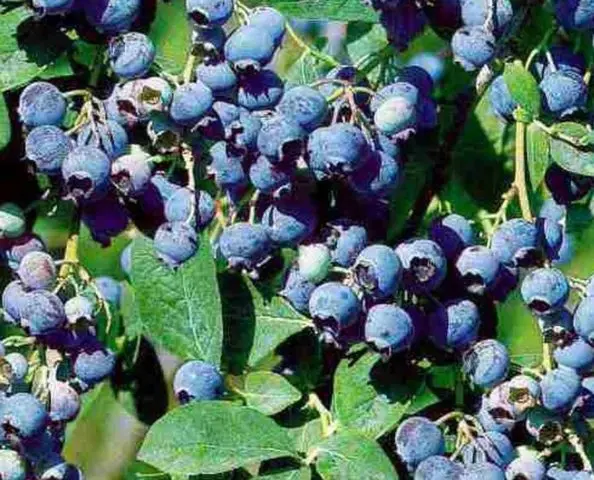
Forest treasure – a distinctive feature of blueberries is a long fruiting period.

Bluecrop – a culture of this variety is able to grow up to 2 m in height, has a high level of resistance to many types of diseases characteristic of it, is able to withstand low temperature conditions, due to which cultivation is possible in all regions of Our Country.

Airlie Blue – the process of ripening of the first fruits begins in early June.
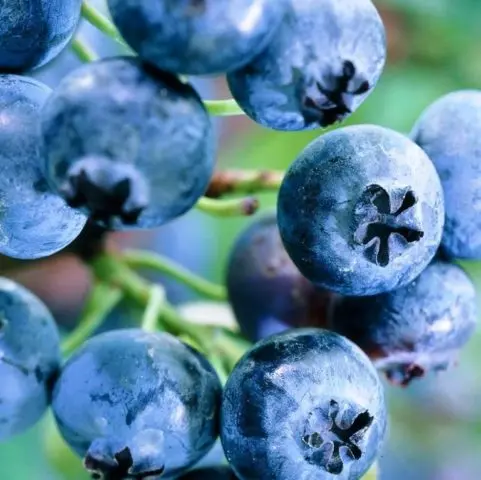
Patriot – blueberries have a high yield, excellent taste, withstand low temperatures, the ripening process of berries occurs in the second half of July.

Elizabeth is a variety with a late fruiting period, ripe fruits have excellent taste, which attracts many gardeners so much.
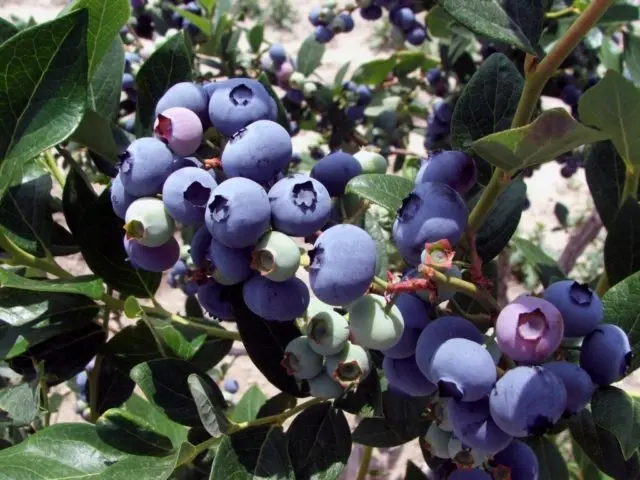
All of these varieties can be sown with seeds obtained from ripe blueberries.
How to plant blueberries from seeds
Before planting blueberry seeds, it is recommended to find out in advance what time it needs to be done. It is also worth considering agrotechnical standards, prepare the soil, containers, planting material, and only after that start work.
Recommended dates
Sowing blueberry seeds, if they are fresh, is recommended at the end of summer. In the event that the planting material is stratified, then it is best to plant it in the spring season. Sometimes blueberry seeds are planted immediately outside. In this case, work is carried out immediately after the snow has melted and the soil is completely ready for the development of new plants. Planting depth is about 1-1,5 cm.
Selection of containers and soil preparation
Before you start growing blueberries at home, you will need to properly prepare the soil. In the event that the soil on the selected land plot is close to swampy, then the horizontal roots of the culture will capture all the available space as quickly as possible. Many experienced gardeners recommend using a mixture of sand and peat for sowing.
For soil mulching, you can use:
- rotted sawdust;
- humus;
- needles
For growing crops at home, disposable or peat cups are perfect. In the process of growing on a land plot, it will be necessary to prepare holes, at the bottom of which there must be wood chips, if necessary, you can add a small amount of humus. If there is a close occurrence of groundwater, then a drainage layer must be provided.
Seed preparation
Before you start growing blueberries from seeds, it is recommended to first verify their germination or pre-sprout, which will further speed up the growing process. To do this, you need to take a clean cloth, wet it with water, carefully wrap the blueberry seeds. Leave until the planting material begins to germinate. This method allows seeds to germinate very quickly. This is especially true if the recommended disembarkation dates were missed.
In the spring, when the planting dates are suitable, blueberry seeds are placed on the surface of the soil. Often they are not even sprinkled with sand. The first shoots can be seen after 30 days. Some gardeners use special rooters, on the basis of which solutions are prepared and seeds are placed in them for a certain period of time to improve germination.
Landing algorithm
Blueberry seeds should be planted in pre-prepared containers that are filled with nutrient soil. Planting material is carefully laid out on the surface of the soil in a container, making a small distance between the seeds, after which they are covered with a small amount of sand. At first, watering should be moderate, but frequent. It is recommended to ensure that the seeds do not float during the irrigation process.
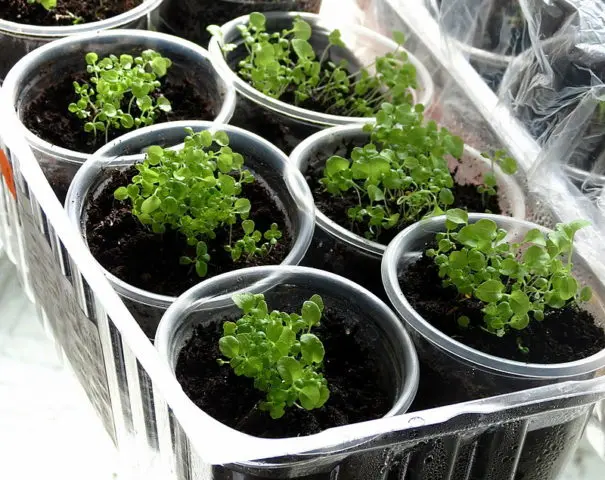
How to grow blueberries from seeds
Containers with seeds should be in a warm place with good lighting, and they will need to be covered with glass. After a few weeks, you can see the first shoots.
Creating an optimal microclimate
After you managed to germinate blueberry seeds, you should take care of the ideal development conditions. For mulching you will need:
- sawdust;
- bark;
- dry leaves;
- sour peat.
It is important to understand that for the normal growth of the culture, the acidity level should be on the order of 3,7-4,8. To achieve the required indicator, you can use acetic or citric acid.
In addition, a sunny area, protected from strong gusts of wind, must be chosen for planting seedlings. If you plant blueberry seeds in partial shade, then you should not count on a good harvest and high taste qualities in the future.
Experienced gardeners say that it is best to plant several varieties of blueberries on the land at once. This is due primarily to the fact that you can not only get a good harvest, but also immediately provide the culture with excellent pollination.
Watering and fertilizing schedule
Growing blueberries from seeds at home, you should not only choose the right seat and prepare the seeds, but also fertilize during the growth process and provide a high-quality irrigation system. This will directly affect not only the growth rate of blueberries, but also the taste of ripe fruits, the level of productivity.
Regardless of where exactly the seeds were planted – in a greenhouse or in open ground, watering must be regular and plentiful. In order to retain moisture as long as possible in the soil, it is recommended to mulch the soil. For these purposes, peat or sawdust is perfect. The layer of mulch should be about 5 cm.
It is recommended to apply mineral fertilizers as top dressing. For these purposes, you will need to purchase Kemira Universal top dressing and dissolve 1 tbsp. l. drug in 10 liters of water. For 1 sq. m it is necessary to spend about 1 liter of prepared top dressing. After the procedure, if the solution gets on the foliage, it must be immediately washed off with clean water.
When can I transplant blueberries grown from seeds
As soon as the first shoots appear from the planted crop seeds, it is recommended to immediately remove the glass with which the plantings were covered. As a rule, this happens 2-4 weeks after sowing the planting material. Transplantation is done after 3 to 4 true leaves appear on the seedlings. For growing seedlings, if possible, they are placed in a greenhouse, where they continue to take care of them – water, fertilize, loosen the soil, remove weeds, and prevent the occurrence of diseases. Transplantation to a permanent place of growth is carried out after the seedlings are 2 years old.
Conclusion
Growing blueberries from seeds is quite possible; a large number of varieties can be used for this purpose. However, do not forget that you can also encounter a number of problems, as a result of which it is recommended that you first familiarize yourself with the agrotechnical standards and the available care nuances. We grow seedlings can be practiced at home or planted directly in open ground after preliminary germination.









